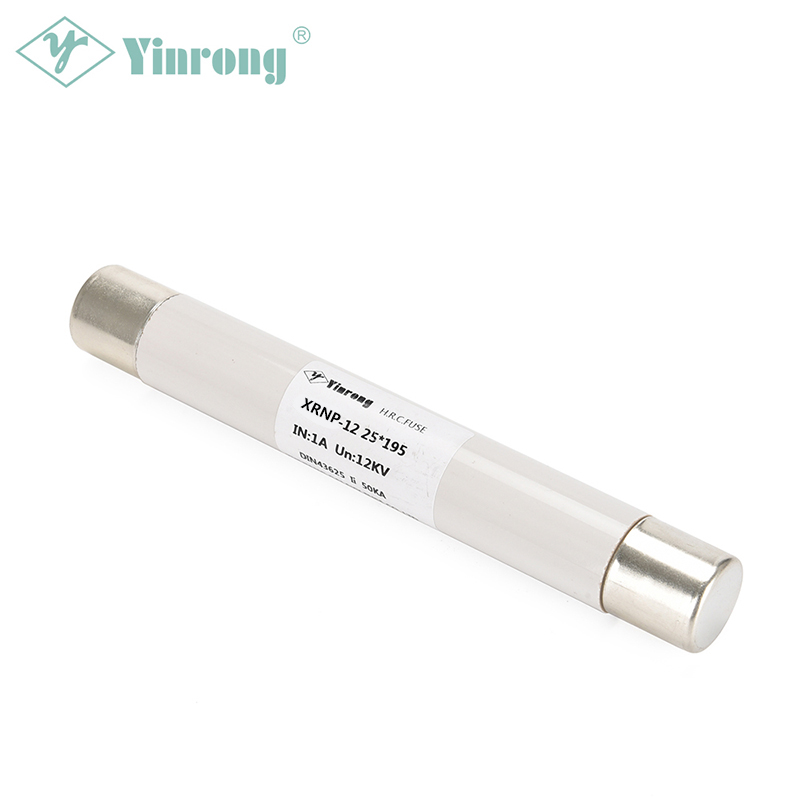Key points about high voltage current limiting fuses
2023-10-18
A high voltage current limiting fuse, also known as a high voltage expulsion fuse, is a protective device used in high voltage electrical systems to limit and interrupt excessive current during faults or short circuits. These fuses are designed to protect electrical equipment, such as transformers, generators, and circuit breakers, from damage and prevent hazards caused by overcurrents.
Here are some key points about high voltage current limiting fuses:
1. Application: High voltage current limiting fuses are primarily used in high voltage electrical systems, typically operating at voltages above 1 kV. They are commonly found in substations, power distribution networks, industrial facilities, and utility grids. These fuses provide overcurrent protection for various high voltage equipment and circuits.
2. Current Limiting Capability: The main purpose of a high voltage current limiting fuse is to limit the amount of current flowing during a fault. When a fault occurs, the fuse quickly operates to create a high impedance path, limiting the fault current and minimizing the potential damage. The current limiting capability helps protect connected equipment and reduces stress on the electrical system.
3. Expulsion Type: High voltage current limiting fuses are often expulsion-type fuses. The fuse body contains a filler material, typically granulated quartz or sand, which is expelled when the fuse operates. The expulsion of filler material helps create a longer arc path and enhances the current-limiting effect.
4. Construction: High voltage current limiting fuses are constructed using non-combustible materials, such as porcelain or fiberglass, for insulation and mechanical strength. They consist of a fuse element made of silver, copper, or other low resistance metal, which melts or vaporizes when subjected to excessive current. The fuse element is enclosed in a fuse tube or fuse barrel, which contains the filler material and provides mechanical protection.
5. Ratings and Characteristics: High voltage current limiting fuses have specific voltage and current ratings, which should be carefully selected based on the electrical system requirements. The ratings may vary depending on the application and the type of equipment being protected. Some fuses have visual indicators or striker pins that pop out when the fuse operates, providing a visual indication of a fault.
6. Fuse Coordination and Testing: Proper coordination and selectivity with other protective devices, such as circuit breakers or relays, is crucial to ensure efficient and reliable operation of high voltage current limiting fuses. Periodic testing and maintenance are essential to verify their performance and integrity.
Installation, testing, and maintenance of high voltage current limiting fuses should be performed by qualified personnel following safety guidelines and the manufacturer's recommendations. It's important to consult with electrical engineers or professionals experienced in high voltage systems to ensure the correct selection and application of these fuses in a specific electrical setup.



